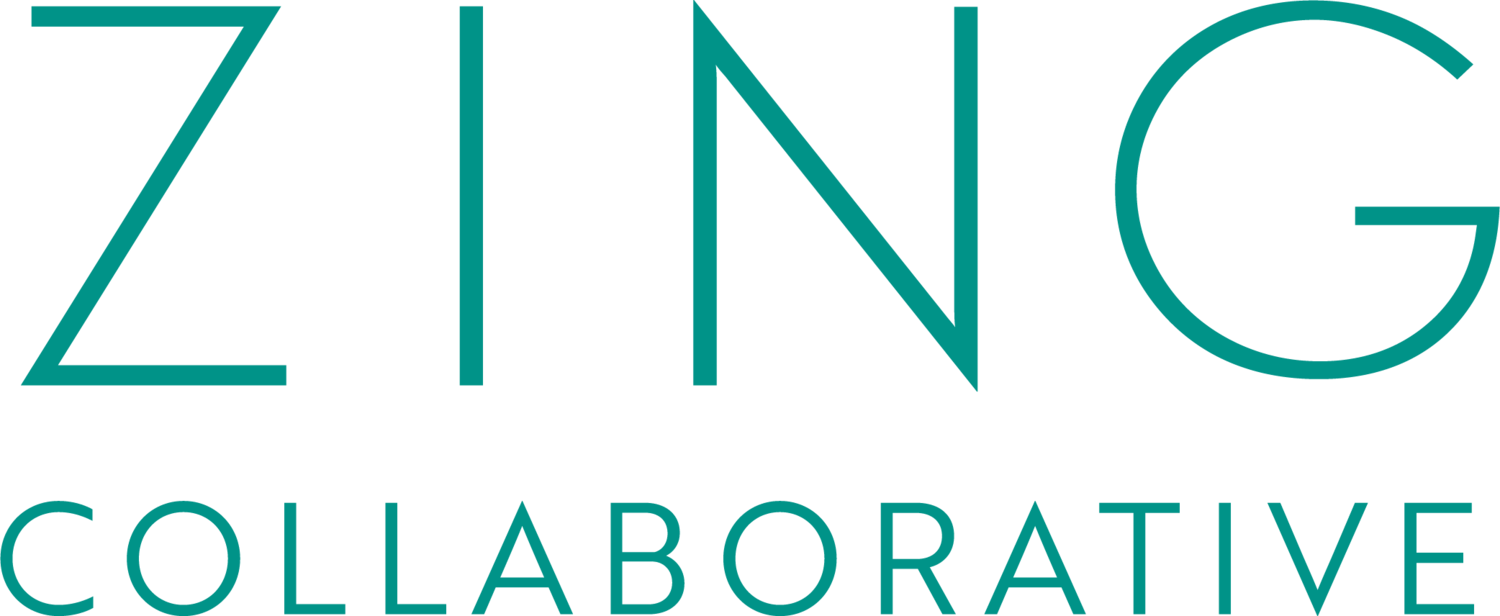Moving a Problem: How Avoiding Tough Conversations and Tasks Creates Bigger Issues
The other day, I was filling a clear plastic tub with t-shirts, sweatshirts, and old running shorts that, according to Jake, look like they are from the 1980s.
These items are not quite loved enough to make it to the limited space in my drawers.
But they are not quite unloved enough to make it to the donation bin or the Buy Nothing page.
The solution?
They got packed up into the clear plastic tub, sealed with a blue lid, and sent to a dark shelf to be ignored, for an undetermined (but likely lengthy) period of time.
As I was putting on the lid, I said to Jake:
I think I'm moving a problem.”
Moving a problem is very much as it sounds —moving something to somewhere, or someone else, rather than fully dealing with it.
My problem was t-shirts, sweatshirts, and running shorts.
In the corporate world, sometimes the problem involves a person —specifically, moving a team member to a different manager instead of having a difficult conversation; giving constructive feedback; or clearly discussing a role that isn't a good fit.
If we, as a manager, are moving a team member elsewhere when what is really needed is one of the above, we too might be moving a problem.
The “problem” in these instances is not the person, but rather:
The fact that this team member may not have received any constructive feedback from us, but suddenly will receive it from their new manager. This feels confusing to the person, and often breeds resentment. This is a problem.
The fact that this team member might not be a good fit for the role, but we've never had this conversation. Now, it's up to the new manager to do so. This can be a problem.
The fact that this team member may have been engaging in inappropriate behavior of some sort that we never addressed, leaving the new manager to do so. This is unfair to both the team member and the new manager, and this, again, is a problem.
We might find ourselves moving a problem in our personal lives, as well. For example:
Punting a social engagement that we don't want to participate in, to a random date in the future, rather than simply declining.
Putting off a not-fun task (ie: calling our accountant, or reconciling our erroneous cell phone bill) to next week instead of dealing with it this week.
Moving the stash of water bottles around the kitchen, hoping that one day they might magically organize themselves, rather than figuring out a long-term solution (guilty).
Moving ourselves to a new location or city or job, looking for external fulfillment, without doing the inner work that goes along with it (related to the phrase, “wherever you go, there you are.”)
You get the idea.
We might also call this Suffering Twice.
Our inquiry for this week is:
Are there any areas in my work or my life where I'm moving a problem?
And, if so, what could it look like to deal with it now, rather than saving it for later. . .or for someone, or somewhere else?
In the case of my clear plastic bin full of 1980s style running shorts, the answer was, unfortunately yes.
Addressing challenges head-on, rather than moving them elsewhere, can lead to lasting solutions and growth. If you're ready to stop shifting problems and start dealing with them effectively, we're here to guide you. Let’s work together to foster stronger leadership and a more proactive approach in both your personal and professional life.
This post was originally shared via Friday Favorites —a free weekly curation of resources, reflections, and inquiries on leadership and life. Join us here, and join the weekly conversation, if you’d like.
Shifting Problems: Avoiding challenges doesn’t solve them—tackle issues head-on for lasting growth.

